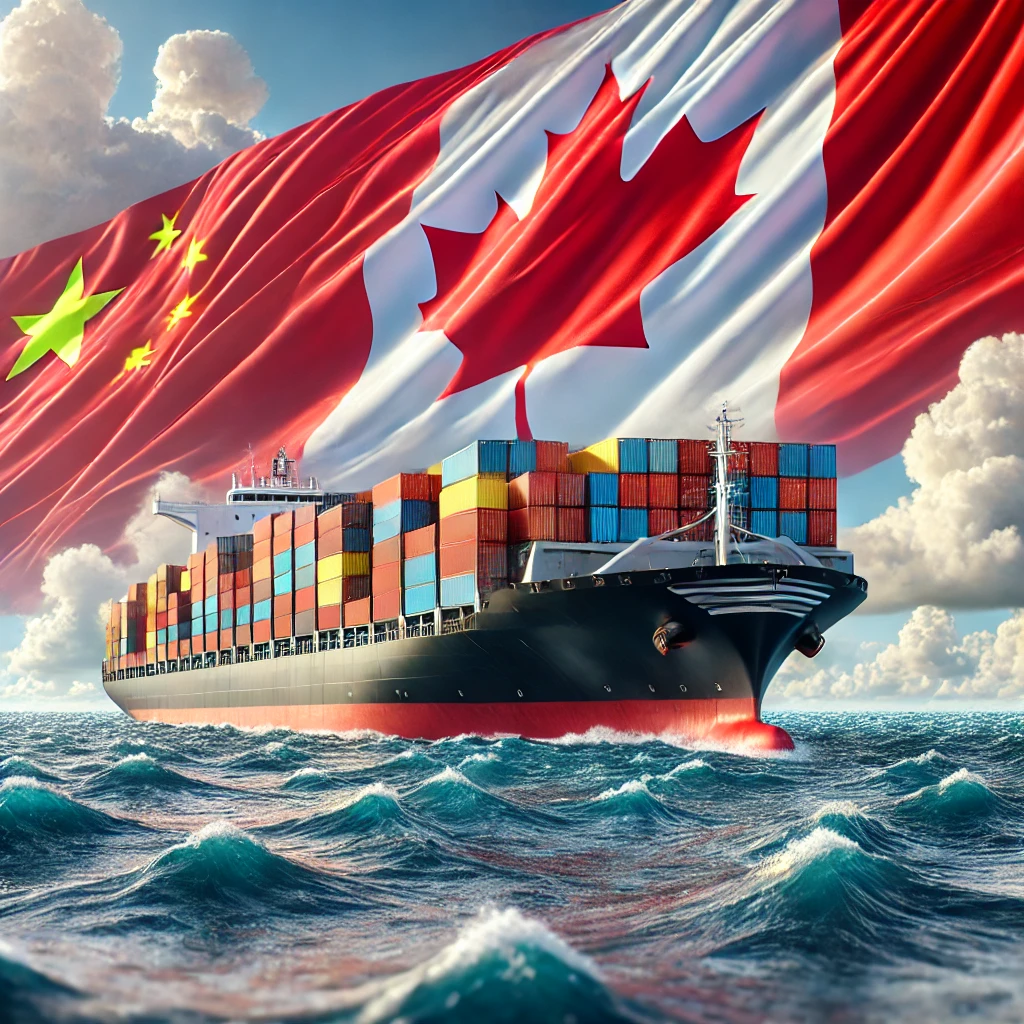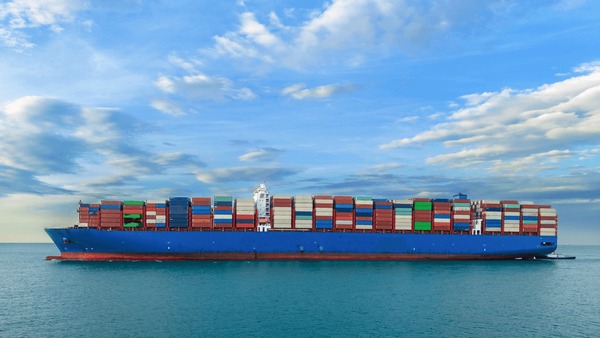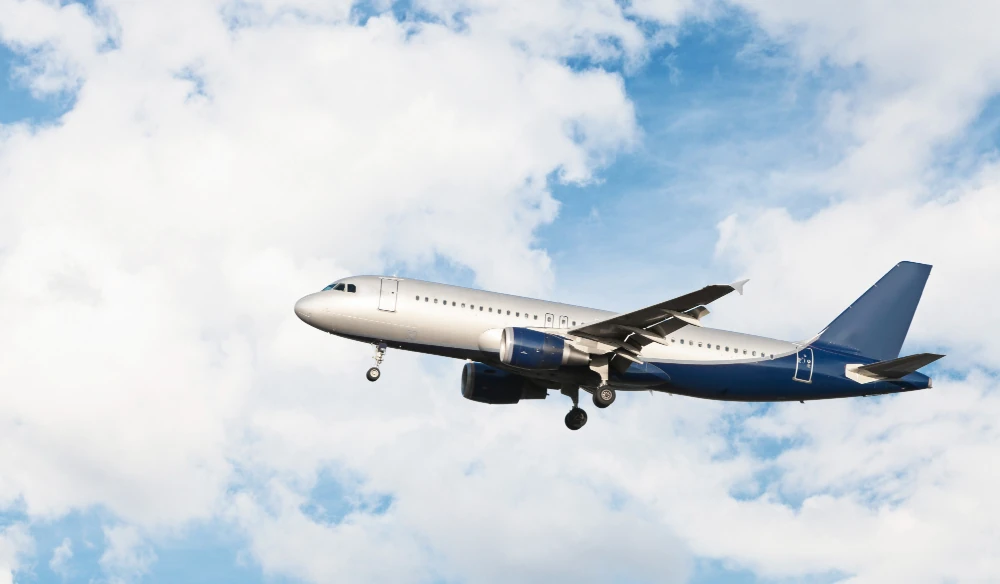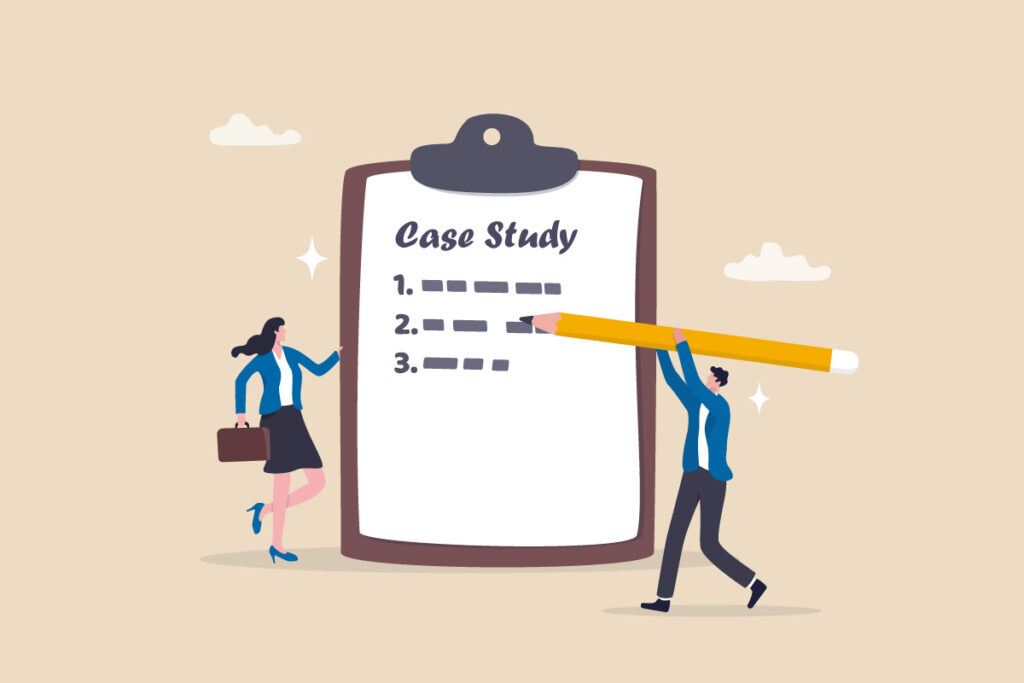- By TOP CHINA FREIGHT
- September 30, 2025
- Shipping
Table of Contents
Freight forwarding China to Canada is a critical part of global supply chains, especially for businesses importing goods for retail, wholesale, or manufacturing. With increasing trade volumes, companies must carefully choose between sea, air, and express shipping methods. However, each option has unique costs, timelines, and requirements. This guide explains how to manage shipping efficiently, reduce risks, and ensure compliance with Canadian customs.

What are the main freight options from China to Canada?




When planning freight forwarding China to Canada, the primary modes include sea freight, air freight, express courier, and in some cases rail-to-sea combinations. Each has different costs, transit times, and ideal cargo types.
| Shipping Method | Average Cost (USD/CBM) | Transit Time | Best For | Pros | Cons |
|---|---|---|---|---|---|
| Sea Freight (FCL/LCL) | $30–$80 | 25–40 days | Bulk goods, large shipments | Cheapest per unit, reliable | Slow, subject to port delays |
| Air Freight | $5–$12/kg | 5–10 days | Urgent, perishable goods | Fast, secure | High cost, limited size |
| Express Courier | $8–$15/kg | 3–7 days | Small parcels, e-commerce | Door-to-door, simple customs | Very expensive for bulk |
| Rail-Sea Combined | Variable | 20–30 days | Central Canada cargo | Balanced speed and cost | Limited routes, extra handling |
Moreover, companies should balance urgency, cargo volume, and budget when choosing a shipping method.
How long does freight forwarding China to Canada take?
Transit times vary significantly depending on the route and shipping mode. Sea freight is the slowest but most economical, while air freight is the fastest option.
| Origin Port in China | Destination Port in Canada | Sea Freight Time | Air Freight Time |
|---|---|---|---|
| Shanghai | Vancouver | 20–25 days | 5–7 days |
| Shenzhen | Toronto | 28–35 days | 7–9 days |
| Ningbo | Montreal | 30–38 days | 7–10 days |
| Qingdao | Calgary (via Vancouver) | 25–32 days | 6–8 days |
Therefore, businesses importing seasonal products must plan carefully to avoid costly delays.
What are the shipping costs for freight forwarding China to Canada?

Shipping costs depend on weight, volume, and shipping method. Full container load (FCL) is usually cheaper per unit than less than container load (LCL). Air freight is priced per kilogram, making it better for high-value, lightweight goods.
| Container Size | Average Cost (USD) | Cargo Volume | Typical Use |
|---|---|---|---|
| 20ft FCL | $2,200–$3,500 | 28–30 CBM | Medium bulk shipments |
| 40ft FCL | $3,800–$5,800 | 58–60 CBM | Large volume imports |
| LCL (per CBM) | $30–$80 | Flexible | Small or mixed shipments |
Additionally, customs clearance fees, terminal charges, and insurance must be added to the overall budget.
Which documents are required for shipping to Canada?

Selecting the right rep requires balancing cost and reliability.
Consider these fac
Proper documentation ensures smooth customs clearance in Canada. Missing paperwork can cause fines, penalties, and shipment delays.
Common documents include:
- Commercial Invoice
- Packing List
- Bill of Lading (B/L) or Air Waybill (AWB)
- Importer Number (issued by Canada Revenue Agency)
- Canada Customs Invoice (CCI)
- Certificate of Origin (if applicable)
- Insurance Certificate
Moreover, Canadian authorities require accurate HS codes for duties and taxes.
Why choose sea freight for China to Canada shipping?
Sea freight remains the most cost-effective method for most importers. Full containers (FCL) provide security and volume efficiency, while less than container load (LCL) allows sharing space with other shippers.
Pros of Sea Freight:
- Cheapest option for large cargo
- Flexible with container sizes
- Reliable schedules for major ports
Cons of Sea Freight:
- Long transit time
- Risk of congestion at Canadian ports
- Additional inland transport costs
Therefore, sea freight suits businesses that prioritize cost savings over speed.
Is air freight worth the higher cost?
Air freight is essential for urgent, time-sensitive shipments. Electronics, fashion items, and perishable goods often move by air despite higher costs.
Pros of Air Freight:
- Fastest shipping method
- Lower risk of damage or theft
- Frequent flight schedules
Cons of Air Freight:
- Expensive compared to sea freight
- Limited cargo size and weight
- Sensitive to seasonal rate increases
For high-value goods, air freight reduces inventory risks and ensures steady supply.
How does customs clearance work in Canada?
Canada Border Services Agency (CBSA) enforces strict customs regulations. Importers must declare goods, pay duties, and comply with labeling and packaging rules.
Steps in Customs Clearance:
- Submit entry documents (invoice, B/L, CCI).
- CBSA reviews shipment details.
- Duties and GST/HST applied based on HS codes.
- Goods inspected if flagged.
- Cargo released for delivery.
Therefore, using an experienced freight forwarder minimizes clearance delays.
What are the challenges of freight forwarding China to Canada?
Pre-holiday surges affect rates.
Vancouver and Toronto often face congestion.
Impact total shipping costs.
Random checks may add days.
Global events can increase costs.
Case Study: Importing Electronics from China to Canada

A Canadian electronics retailer needed to import 10 tons of smartphones from Shenzhen to Toronto. Sea freight would take 30 days, but the retailer wanted to meet peak holiday demand. They opted for air freight at $8/kg.
- Total Weight: 10,000 kg
- Air Freight Cost: $80,000
- Sea Freight Estimate: $25,000 (but 30+ days)
Although air freight cost three times more, the retailer avoided stockouts, captured seasonal sales, and improved customer satisfaction. This case shows that speed sometimes outweighs cost.
Should you work with a freight forwarder for China to Canada?
A freight forwarder provides expertise in logistics, customs, and compliance. They manage communication with carriers, book space, and ensure cargo safety.
Benefits of Freight Forwarders:
- Access to bulk shipping rates
- Expertise in Canadian customs clearance
- Real-time tracking and problem-solving
- Assistance with documentation
Therefore, choosing the right partner saves time, reduces risks, and lowers total logistics costs.
Conclusion
Freight forwarding China to Canada involves balancing cost, speed, and compliance. Sea freight is the most economical choice for bulk shipments, while air freight ensures rapid delivery for urgent goods. Importers must prepare accurate documents, plan for customs clearance, and anticipate seasonal surges. With the support of a reliable freight forwarder, businesses can streamline operations, reduce risks, and maintain supply chain stability.
Need a Shipping Quote?
Click below to get a free, no-obligation quote from TJ China Freight.
We’ll respond within 24 hours with the best shipping options for your cargo.

FAQ
Q1:What is the cheapest way to ship from China to Canada?
Sea freight, especially FCL, is the cheapest option for bulk cargo.
Q2:Can I ship small packages from China to Canada?
Yes, express couriers are best for small parcels and e-commerce.
Q3:How are customs duties calculated in Canada?
They depend on HS codes, product value, and applicable GST/HST.
Q4:Do I need insurance for shipments from China to Canada?
Insurance is optional but strongly recommended to cover risks.
Q5:What is the difference between FCL and LCL shipping?
FCL uses a full container; LCL shares space with others.
